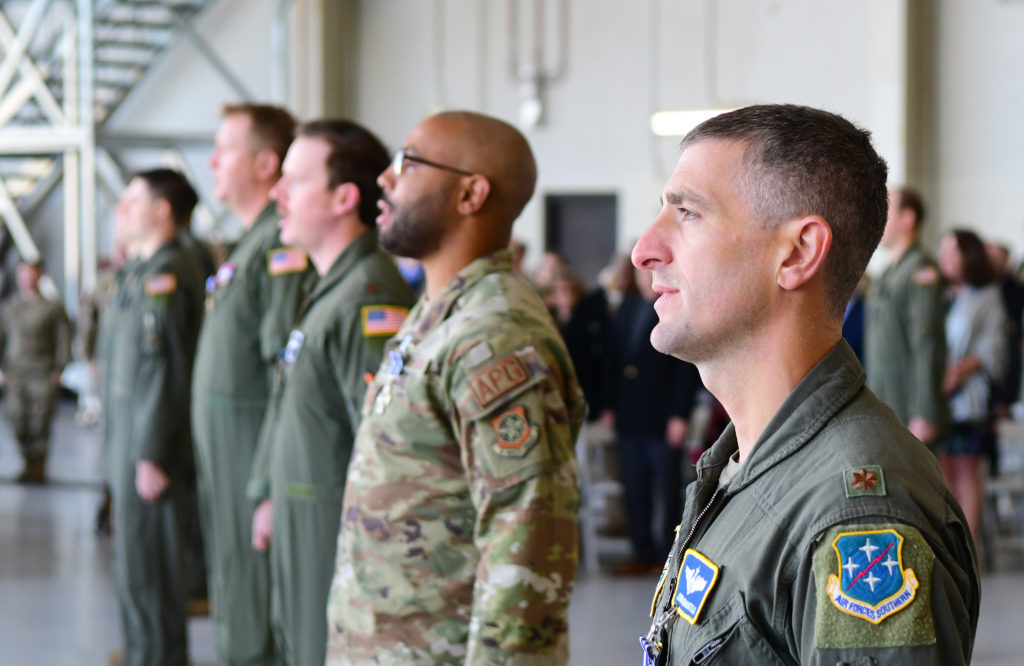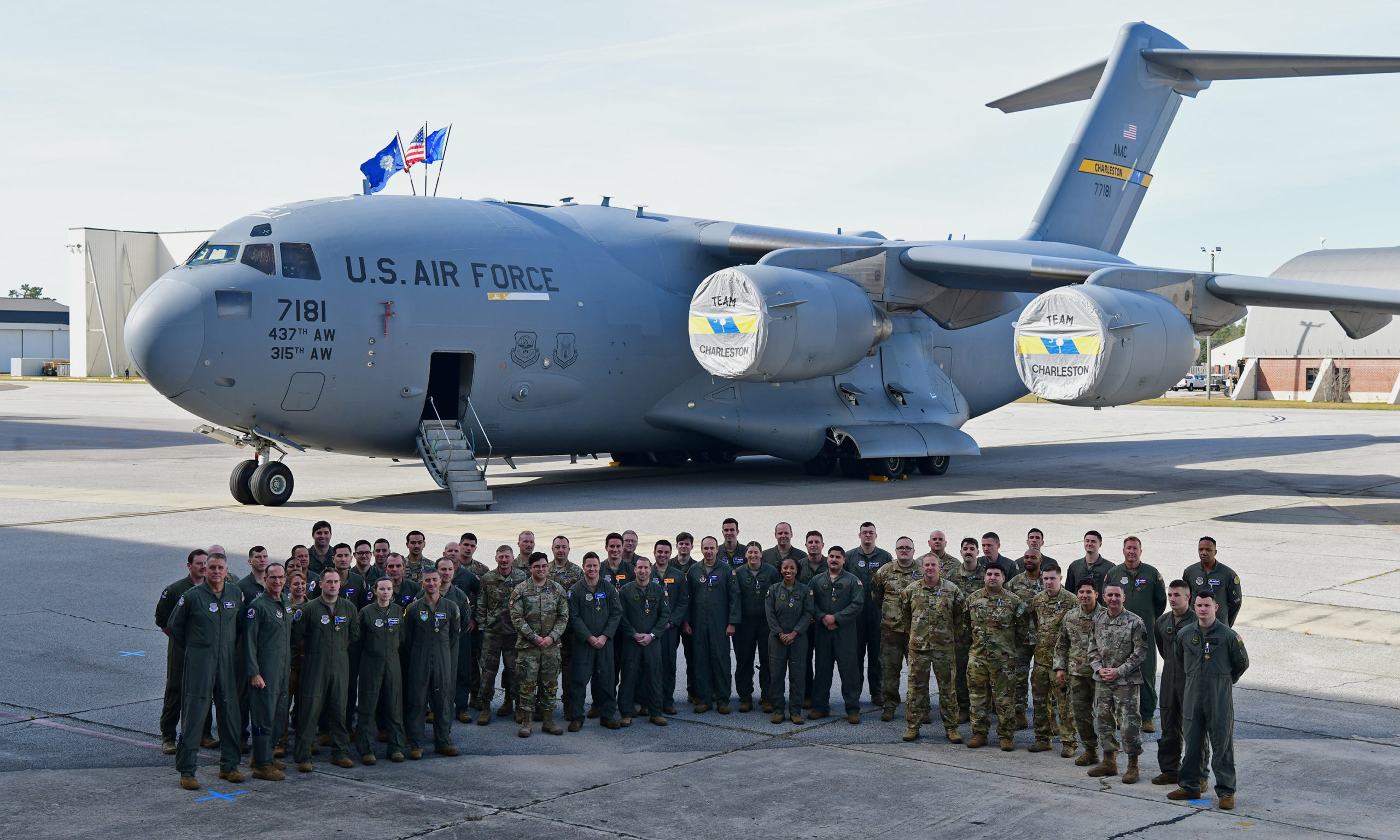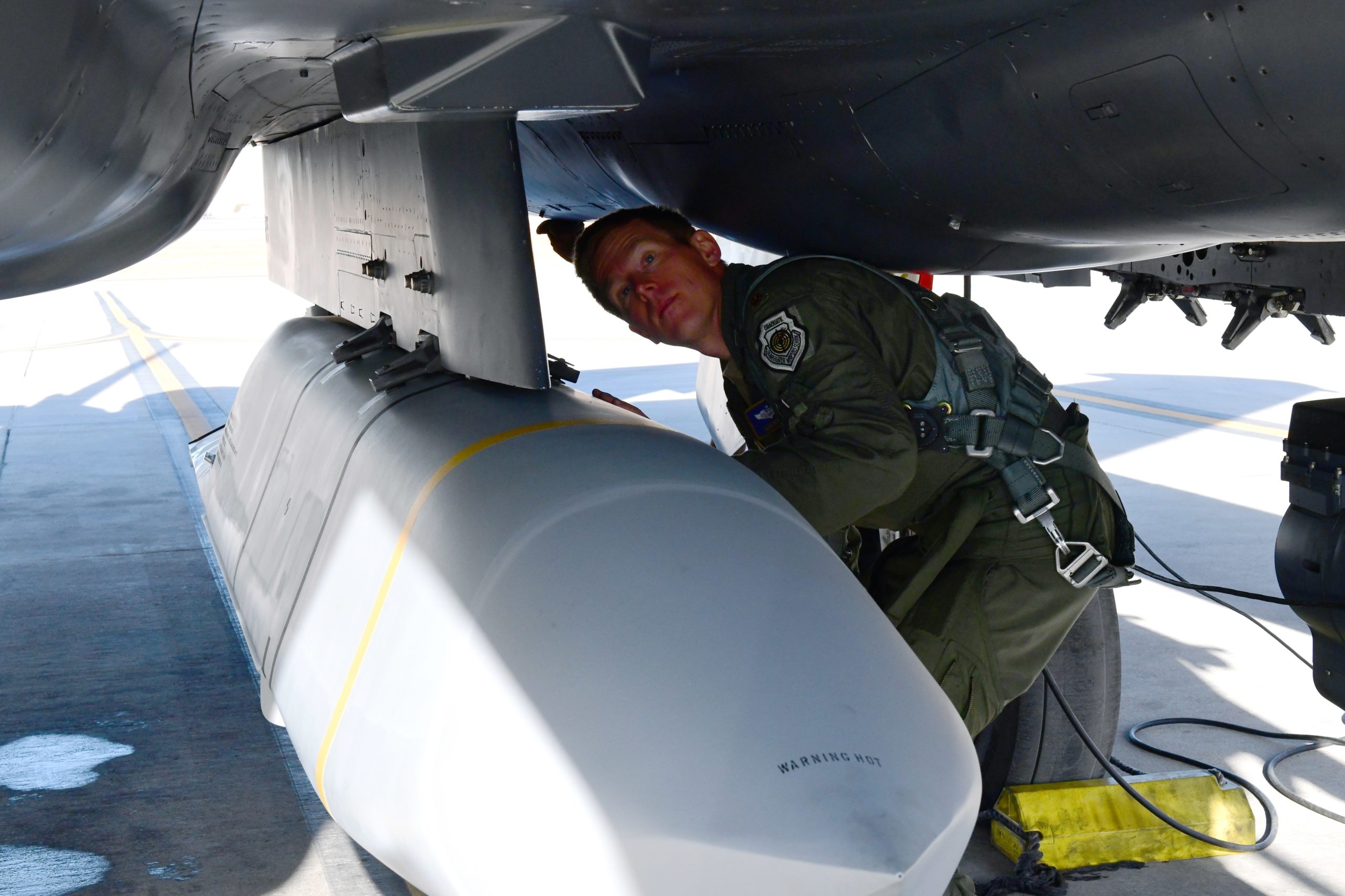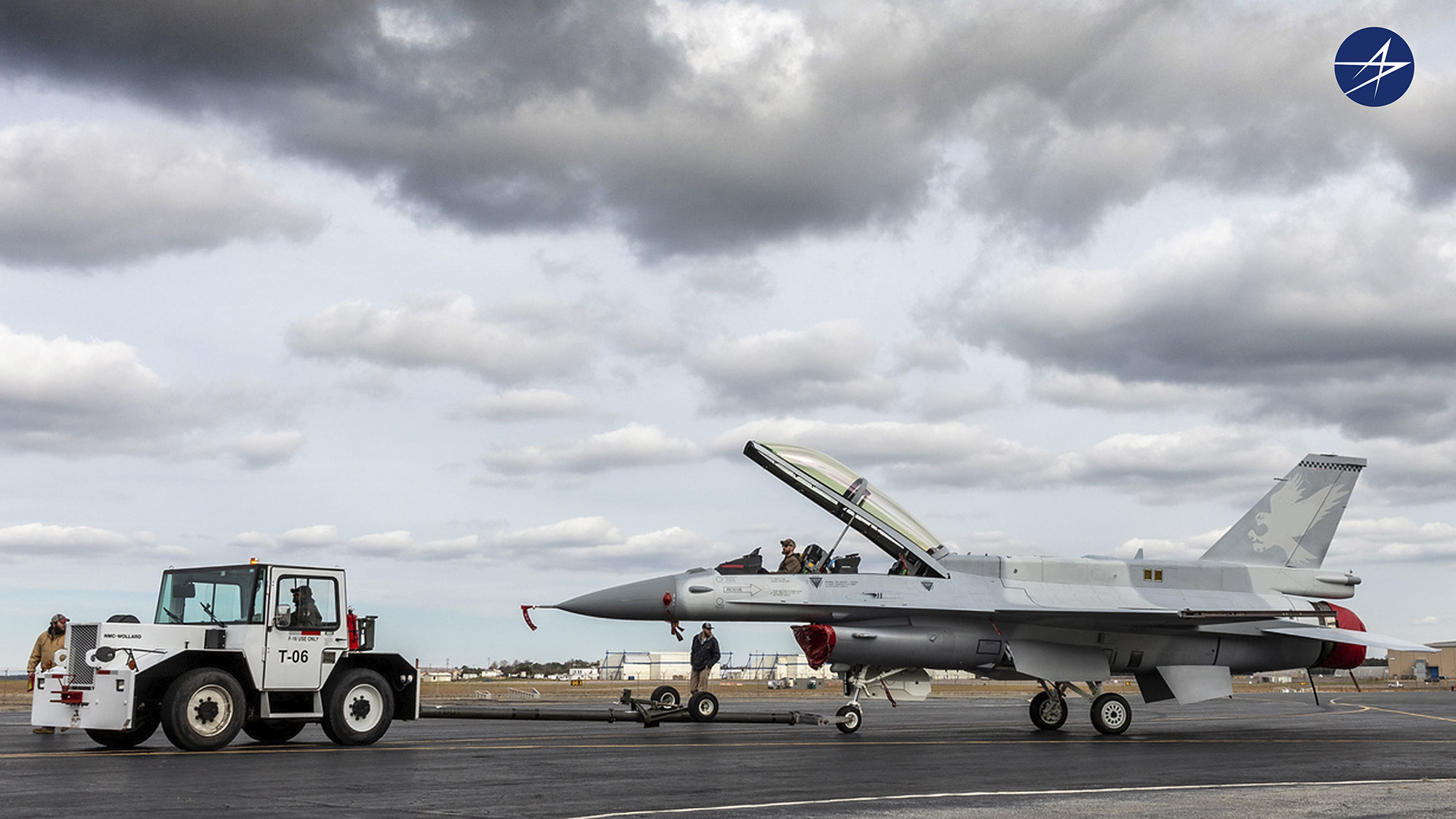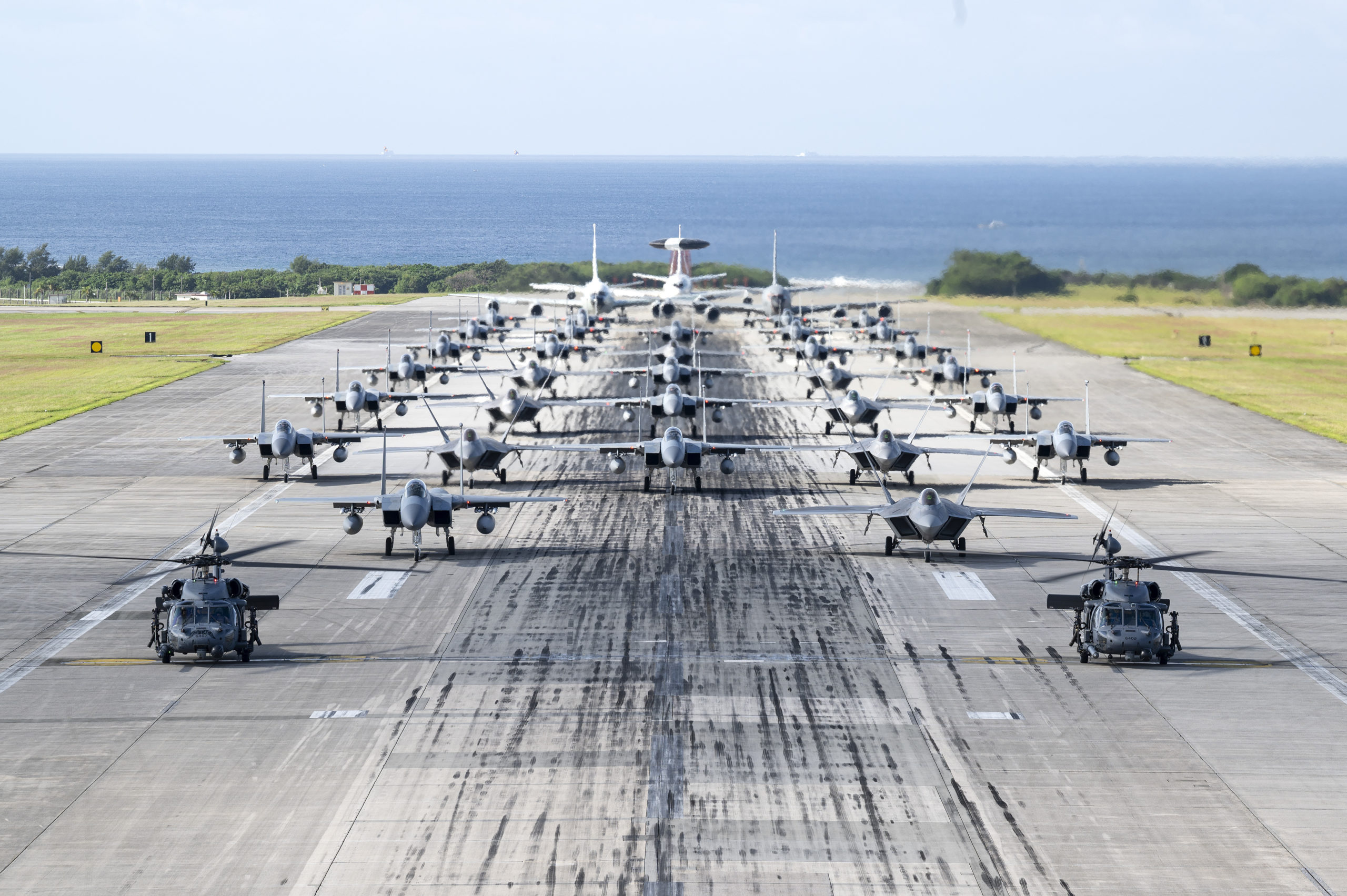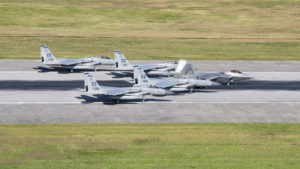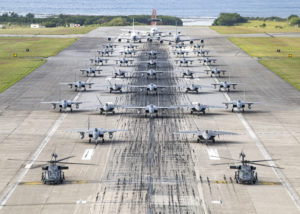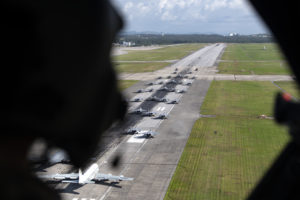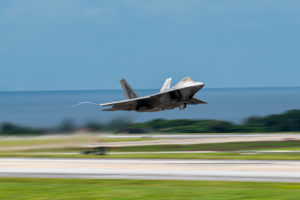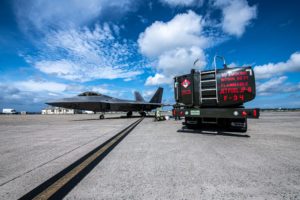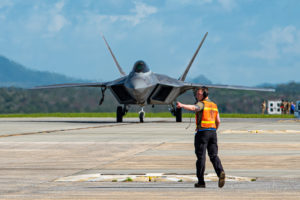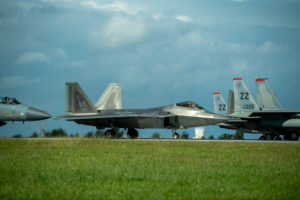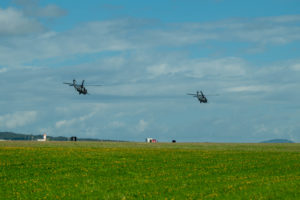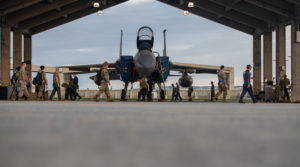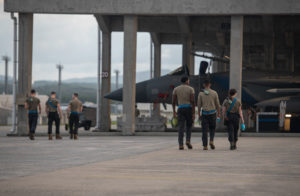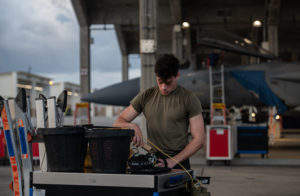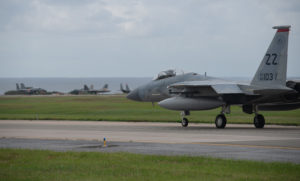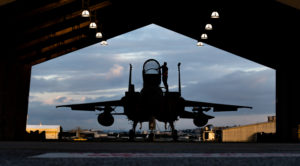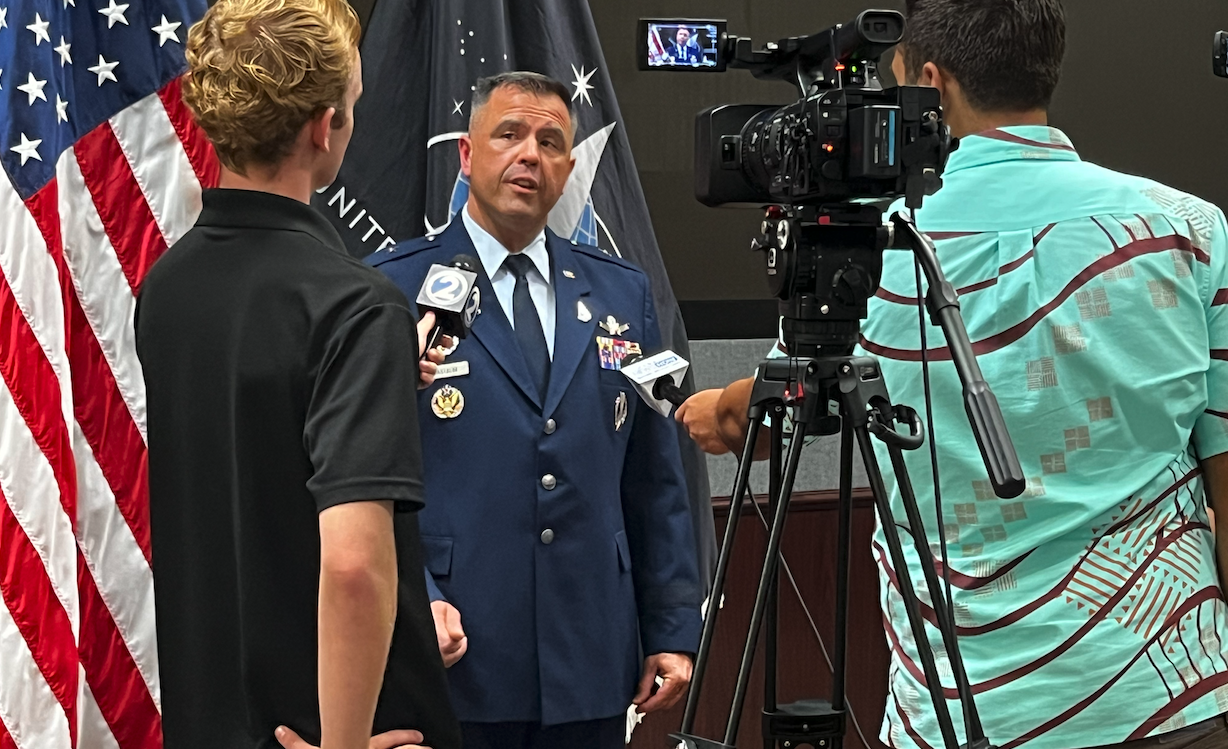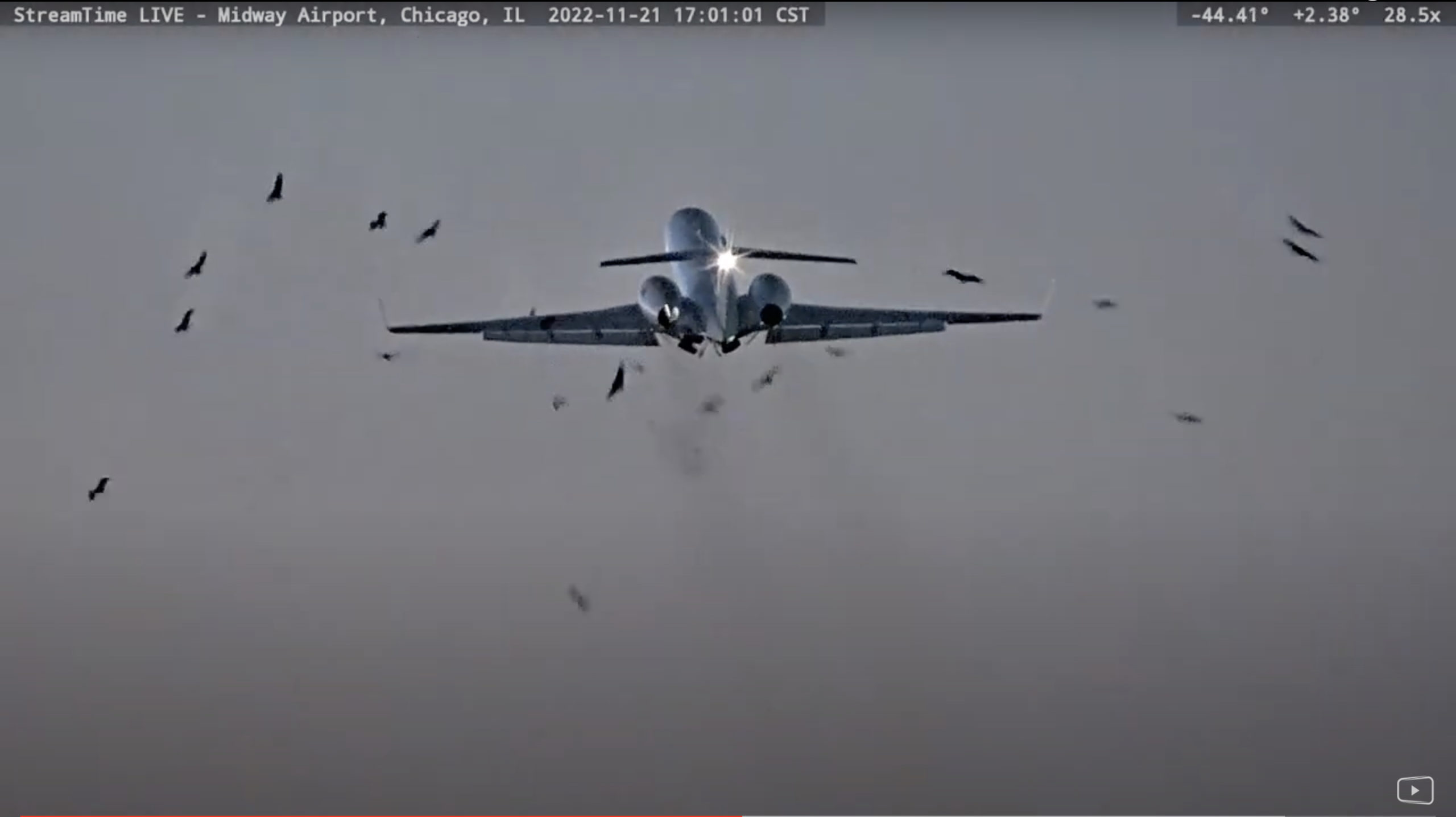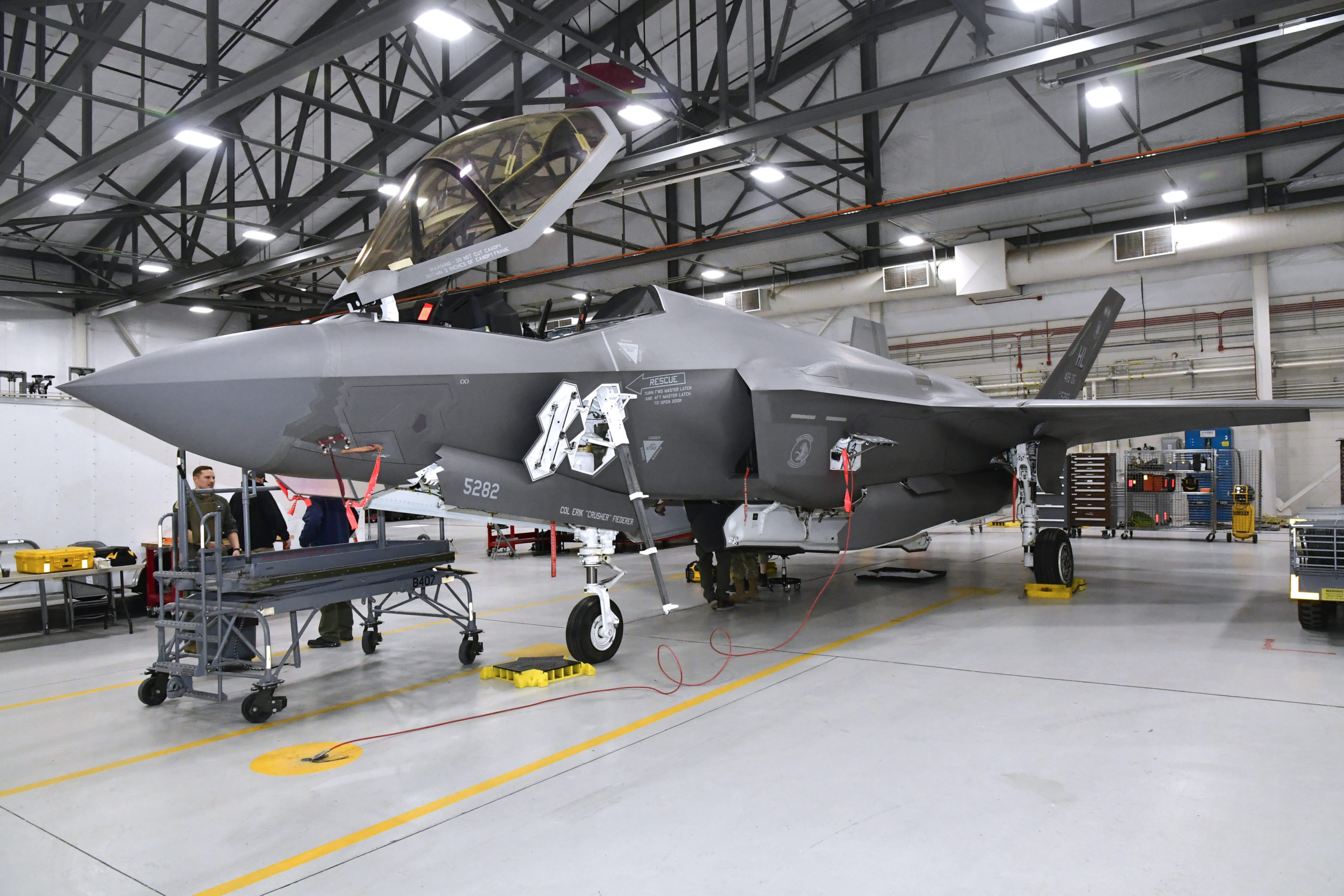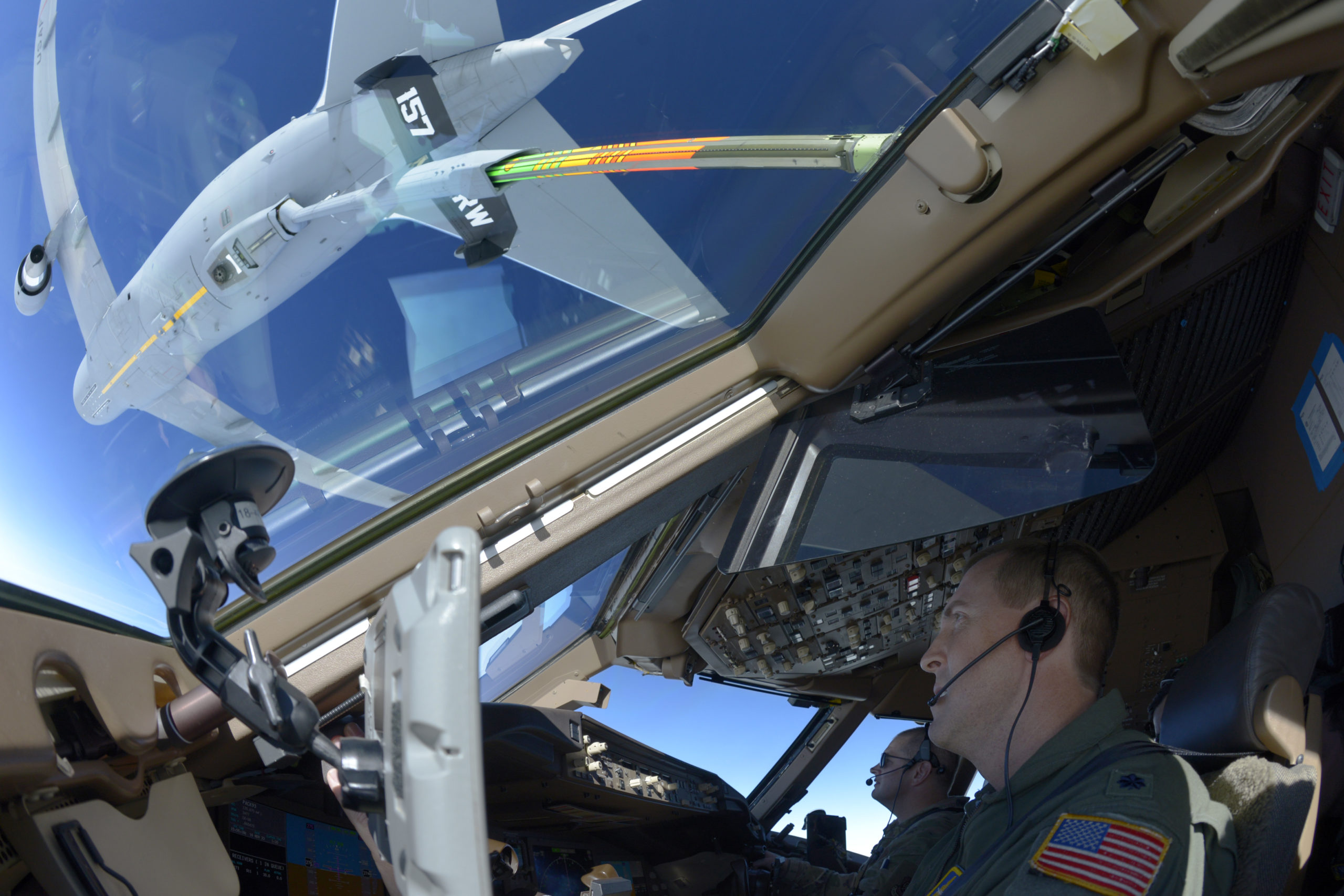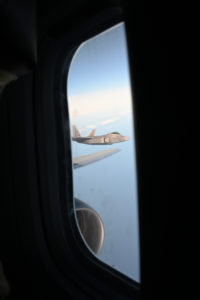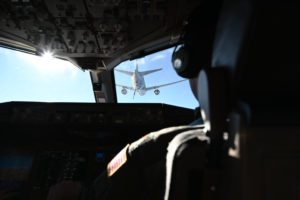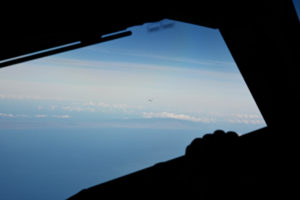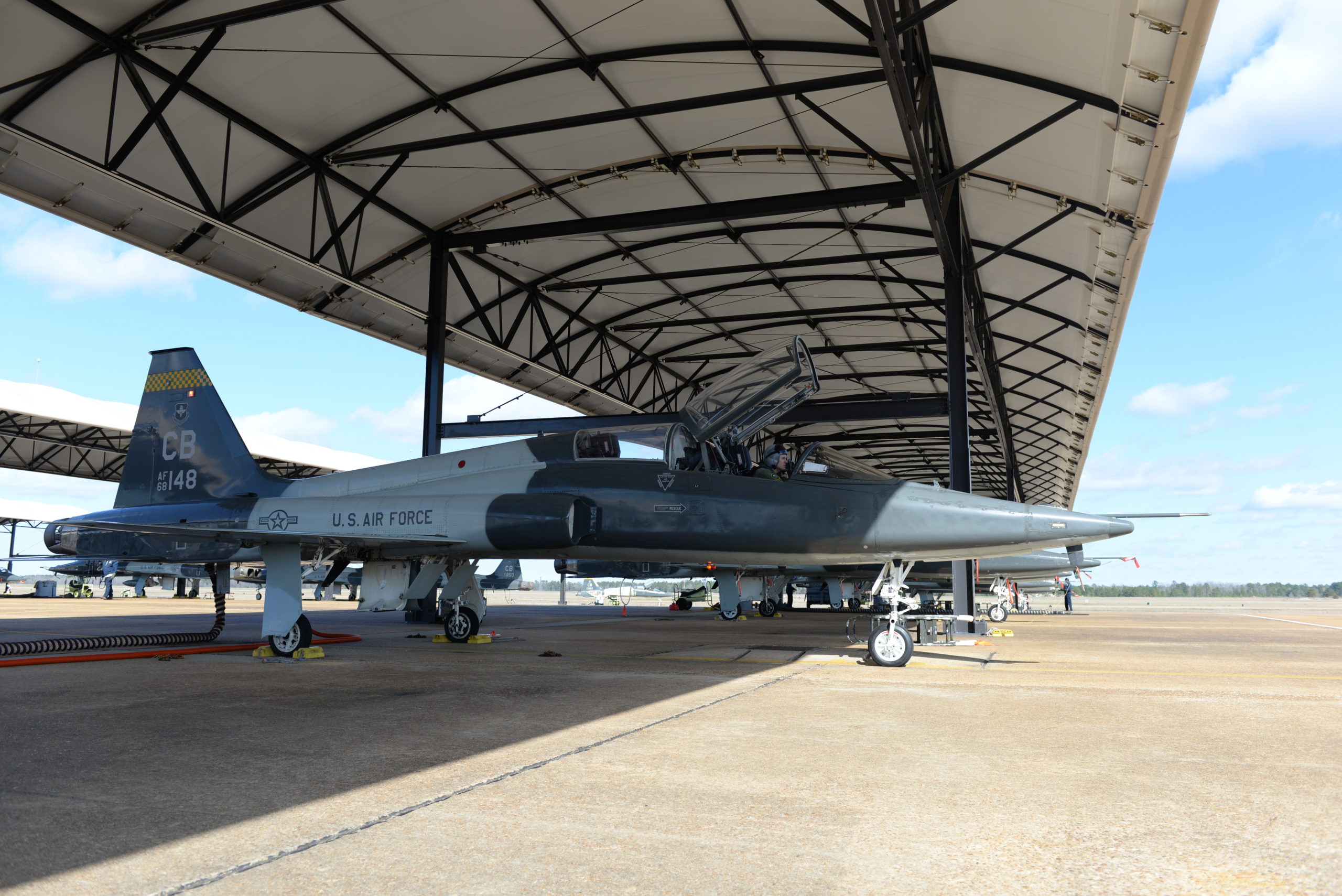Air Mobility Command boss Gen. Mike Minihan awarded 51 Distinguished Flying Cross awards at Joint Base Charleston, S.C., on Nov. 21—one of the largest DFC ceremonies in recent history.
All of the awards were given to Airmen who participated in Operation Allies Refuge, the noncombatant evacuation out of Kabul, Afghanistan, in the summer of 2021, as the Taliban seized control of the country and tens of thousands of civilians were airlifted to safety.
Among those honored were Airmen who rescued hundreds amid chaos as civilians breached the airfield at Hamid Karzai International Airport, aircrew from the very final flights out of Kabul on Aug. 30, 2021, and service members who helped deliver a baby aboard a C-17. The awardees also included the very first Black women to ever be given the Distinguished Flying Cross, the nation’s fourth-highest award for heroism.
A press release from the 628th Air Base Wing deemed the ceremony “the largest of its kind in decades.” The Distinguished Flying Cross was first established in 1926.

The 51 DFCs represent the majority of the awards related to Operation Allies Refuge announced by Air Mobility Command in October—96 total. Many of the Airmen honored Nov. 21 are from the 437th Airlift Wing, with some from the Air Force Reserve’s 315th Airlift Wing.
“The men and women from this installation were ready to do whatever it took to deliver the forces needed to secure the Kabul airport and then to evacuate and save as many lives as possible,” Minihan said at the ceremony. “It’s what they did next that displayed heroism and selfless devotion to duty—the reason for today’s ceremony.”
Virtually every stage of the evacuation was represented among those honored, from flying crew chiefs that kept the C-17s going amid an unprecedented workload and challenging conditions, to a loadmaster and flight nurse who assisted an Afghan woman giving birth midflight, to pilots who landed and took off in the dead of night while facing flares and heavy machine gun fire, transporting the very last U.S. troops off Afghan soil.
Those decorated ranged in rank from Senior Airman to Lieutenant Colonel. The breakdown of awards included:
- 22 C-17 pilots, including Lt. Col. Alexander Pelbath, director of C-17 special operations for the 437th Operations Group, and Capt. Rhea McFarland, one of two Black women to become the first given the DFC;
- 18 loadmasters;
- 6 maintenance special operations Airmen;
- 4 flying crew chiefs;
- 1 flight nurse, Capt. Leslie Green—the second of the two Black women honored.
Most of the awards were given with the “C” device for combat, given only when the service member “was personally exposed to hostile action or under significant risk of hostile action.”
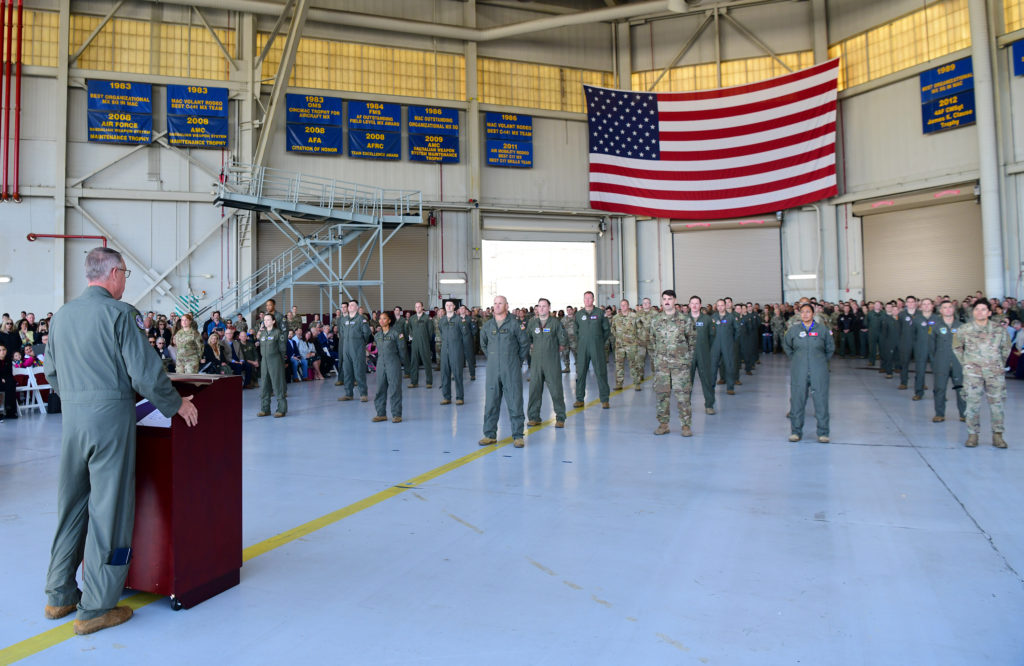
The full list of 51 Airmen given the DFC follows:
- Lt. Col. Trey Adams, 701st Airlift Squadron C-17 pilot
- Lt. Col. Braden Coleman, 15th AS C-17 pilot
- Lt. Col. Alexander Pelbath, 437th Operations Group director of C-17 special operations
- Maj. Jay Campbell, 8th AS C-17 pilot
- Maj. Justin Cherry, 43rd Operations Support Squadron C-17 pilot
- Maj. William Cuchens, 701st AS C-17 pilot
- Maj. David Gantt, 701st AS C-17 pilot
- Maj. Joseph Granatelli, 429th Expeditionary Operations Squadron C-17 pilot
- Maj. Ryan Versen, 156th AS C-17 pilot
- Maj. Kirby Wedan, 14th AS director of operations and C-17 pilot
- Capt. Mark Altobelli, 15th AS C-17 pilot
- Capt. Charles Armstrong, 16th AS C-17 pilot
- Capt. Howlett Cohick, 16th AS C-17 pilot
- Capt. Dennis Connor, 701st AS C-17 pilot
- Capt. Spencer Dewey, 437th OSS C-17 pilot
- Capt. Kenneth Di Giovanni, 16th AS C-17 pilot
- Capt. Amanda Edgren, 14th AS C-17 pilot
- Capt. Derrin Gelston, 437th OSS C-17 pilot
- Capt. Leslie Green, 375th Air Expeditionary Squadron flight nurse
- Capt. Kevin Hart, 14th AS C-17 pilot
- Capt. Chris Hoffman, 15th Airlift Squadron C-17
- Capt. Rhea McFarland, 14th AS C-17 pilot
- 1st Lt. Jon-Michael Hollarn, 16th AS C-17 pilot
- Master Sgt. Joshua Martin, 437th OG loadmaster
- Master Sgt. Liam McPhail, 14th AS loadmaster
- Master Sgt. Leah Schmidt, 701st AS loadmaster
- Tech. Sgt. Jerry Daniels, 16th AS loadmaster
- Tech. Sgt. Chase Gautschi, 62nd Aircraft Maintenance Squadron flying crew chief
- Tech. Sgt. Dennis Gonzalez-Furman, 354th Special Warfare Training Support Squadron student and flying crew chief
- Tech. Sgt. Jacorey Grimes, 860th Aircraft Maintenance Squadron flying crew chief
- Tech. Sgt. Dennis Hiott, 701st AS loadmaster
- Tech. Sgt. David Riggins, 437th OG loadmaster
- Tech. Sgt. Ethan Schaffner, 437th AMXS MASOP
- Tech. Sgt. Brett Yoakum, Air National Guard, 155th AS loadmaster
- Staff Sgt. Kevin Coleman, 437th AMXS flying crew chief
- Staff Sgt. Robert Gillespie, 437th OG loadmaster
- Staff Sgt. Emmanuel Gomez, 14th AS loadmaster
- Staff Sgt. Alexander Herman, 16th AS loadmaster
- Staff Sgt. Zach Lewis, 14th AS loadmaster
- Staff Sgt. Matthew Link, 16th AS loadmaster
- Staff Sgt. Brandon Malacara, 437th OG loadmaster
- Staff Sgt. Sean McPadden, 437th AMXS MASOP
- Staff Sgt. Nicholas Miller-Assous, 14th AS loadmaster
- Staff Sgt. Dane Schulte, 728th AMXS, MASOP
- Staff Sgt. Cody Schultz, 437th OG loadmaster
- Staff Sgt. Tyler Slavin, 437th AMXS MASOP
- Staff Sgt. Samuel Weaver, 736th AMXS MASOP
- Staff Sgt. Trevor Woods, 437th AMXS MASOP
- Senior Airman Christian Hoffman, 16th AS loadmaster
- Senior Airman Christopher Symes, 14th AS loadmaster
- Senior Airman Christopher Warman, 437th OSS loadmaster
